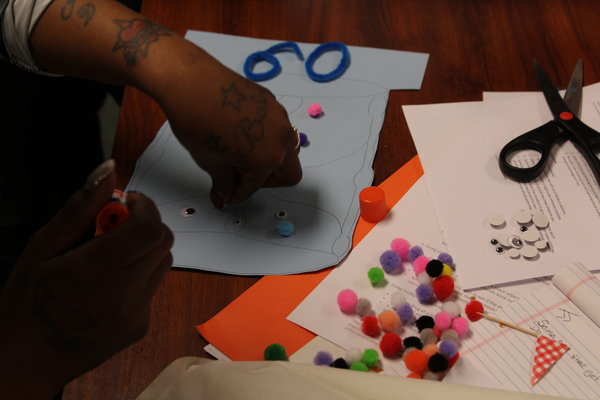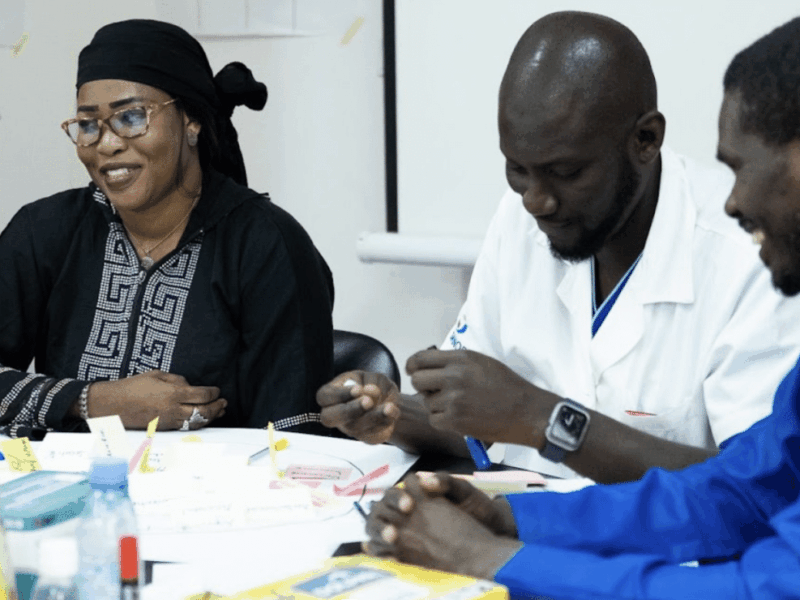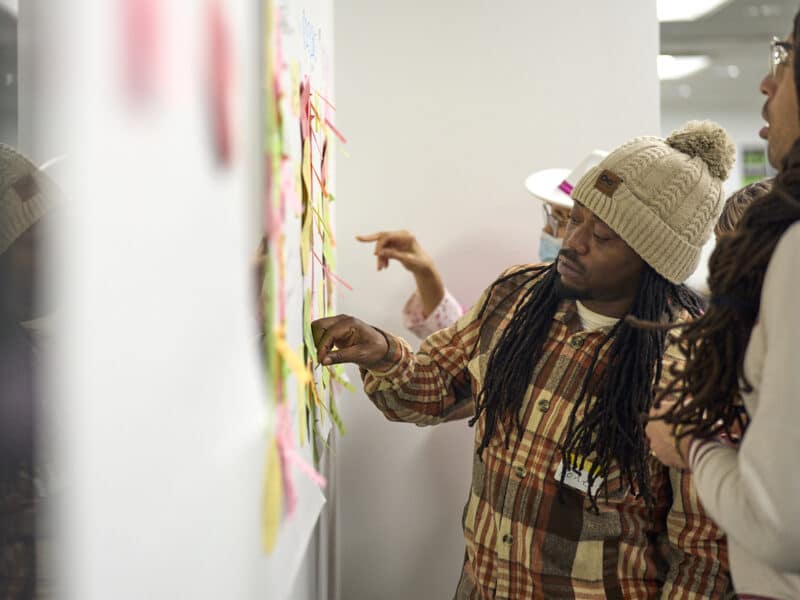The statistics are staggering. In 2015, there were 1,259 overdose deaths in Maryland. The number was 2,089 in 2016. And when the 2017 numbers come out, they’re expected to be even higher.
Opioids such as heroin have long plagued Maryland, particularly the city of Baltimore. What has changed? The introduction of fentanyl, a synthetic opioid that is 30 to 50 times more powerful than pure heroin. It’s also cheaper and relatively easy to get and has infiltrated the Baltimore drug supply where the number of deaths attributed to fentanyl more than tripled between 2015 and 2016.
The Johns Hopkins Center for Communication Programs recently brought together members of Bmore POWER, a group of peer advocates and educators, for a three-day hackathon to quickly create messages to keep people from overdosing on fentanyl and dying. Cathy Church-Balin kicked off the event by sharing CCP’s P Process, which outlines the center’s approach to creating strategic and evidence-based behavior change messages.
“We’re here to help make sure people are safe and are reducing their risk of overdose,” Church-Balin told the group assembled. “We all communicate, but we all know some messages are better than others. We want to create messages that will motivate people in our community to change their behavior. And together we will turn your knowledge into messages we hope will be effective.”
The messages developed over the three days will be the starting point as Bmore POWER and CCP develop a peer-to-peer campaign warning city residents about the enormous risk posed by fentanyl – four salt-sized grains of fentanyl can be deadly – and helping them understand how they can reduce those risks. Once the final messages are completed, they will be tested and fine-tuned.
As the hackathon began, participants, many of whom are current and former drug users, discussed the depth of the problem – many shared what they see every day on the streets, where they work to train people how to use naloxone, a medication that can reverse the effects of overdose. The Bmore POWER members distribute naloxone to people who use drugs or whose friends and relatives are users with the goal of saving lives.
Soon, the participants broke into small groups to create their own campaigns, using human-centered design techniques to tackle the problem. They delved into the barriers that keep messages from getting through to the people who need to hear them and discussed just who they were trying to reach. They created videos and songs and slogans. They talked about putting messages on flyers, inside metro cars, on Instagram, on the outside of bags containing clean syringes.
“I’ve been using for years. I thought I was a pro. Then I OD’d” was one of the new messages, aimed at younger drug users who may perceive themselves as invincible
Nathan Fields, a community health educator, also tried a variation containing the kind of language not often heard in public service announcements.
“We’ve been speaking bureaucratic language for so long and it has done nothing,” he said. “If using that language will get them better, then we should do it.”
Another potential campaign focused on messages of self-empowerment: “Fentanyl Kills. My family, my friends, my community, my city. We have the power to stop it.”
Many of the ideas also focused on making sure people understand how they can reduce harm, by not using drugs alone (so someone can get help if there is an overdose), by carrying naloxone, by having a plan in case something goes wrong, and more.
Andre was into drugs for 20 years, dealing them, using them, ending up in jail, at times, or homeless because of them. He tried again and again to quit. Five years ago, it finally stuck.
“A pure miracle,” he called it.
Now the 50-year-old man from West Baltimore works with Bmore POWER as a peer educator and naloxone trainer. With so many messages out there coming from so many places, it’s impossible to know which one will stick, which one will help someone make safer choices that could save his or her life.
“I had information. I had support. I had opportunities to switch lanes,” he recalled. “This thing has a grip so tight.”
But he was game to spend part of his week trying to come up with messages that could make a difference, no matter how small it might be. He says people need to talk more about how addiction is a disease like cancer or high blood pressure, and work to take away the stigma of using drugs.
“Hopefully this message will get to who it needs to get to and help save somebody’s life, help somebody change their perspective about what they’re doing,” he said.
After all of the ideas were presented, many participants praised the outcome and the process, despite initial skepticism. One said that while many opioid campaigns are “condescending,” what she saw at the hackathon was anything but.
Douglas Fuller, a peer educator with Bmore POWER and harm reduction advocate, said the job of the hackathon was similar to the work of convincing people to wear seat belts in the car or wear helmets when riding a bike.
“Because of fentanyl, people might have to adapt how they are using drugs,” he said. “A lot of people are going to keep using so we have to help them do it safer.”





